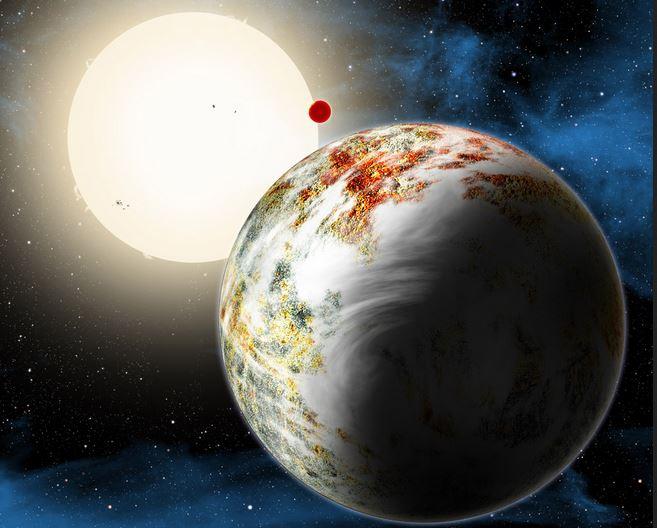
NASA’s Kepler Space Telescope—that flying wonder of cosmic discovery—is revealing one potentially life-hospitable exoplanet after another. One of the most recent discoveries has turned upside down what scientists thought they knew about planet size. In short: Earth-like planets can be way bigger than imagined.
The planet in question is dense and rocky (two key attributes for life) with 17 times the mass of Earth. This new specimen, sexily dubbed Kepler-10c, shows that planets can maintain their rocky good looks even at a grand ol’ size, rather than necessarily ballooning into a giant ball of gas (like Jupiter) from accruing mass amounts of hydrogen, as previously assumed. Thus, Kepler-10c represents a new class of planets: “Mega-Earths.”
Sadly, Kepler-10c itself isn’t likely to harbor life—it’s too close to its parent star, which leaves its surface essentially roasted, and it has an oppressive amount of gravity since it’s rock is much denser than that of Earth.
Even so, the discovery opens up a whole new can of worms for where to look for life, meaning scientists may focus more on sun-like stars in the future, rather than on planets of within a relatively narrow size-range. So watch out, behemoth planets out there, because you can’t hide behind your gassy stereotypes anymore. And if you’re harboring any life, give it up nice and easy. We’re arrogant enough to assume everything will turn out just fine.
Image: Rendering of the damn sexy Kepler-10c courtesy of the Harvard-Smithsonian Center for Astrophysics/David A. Aguilar






